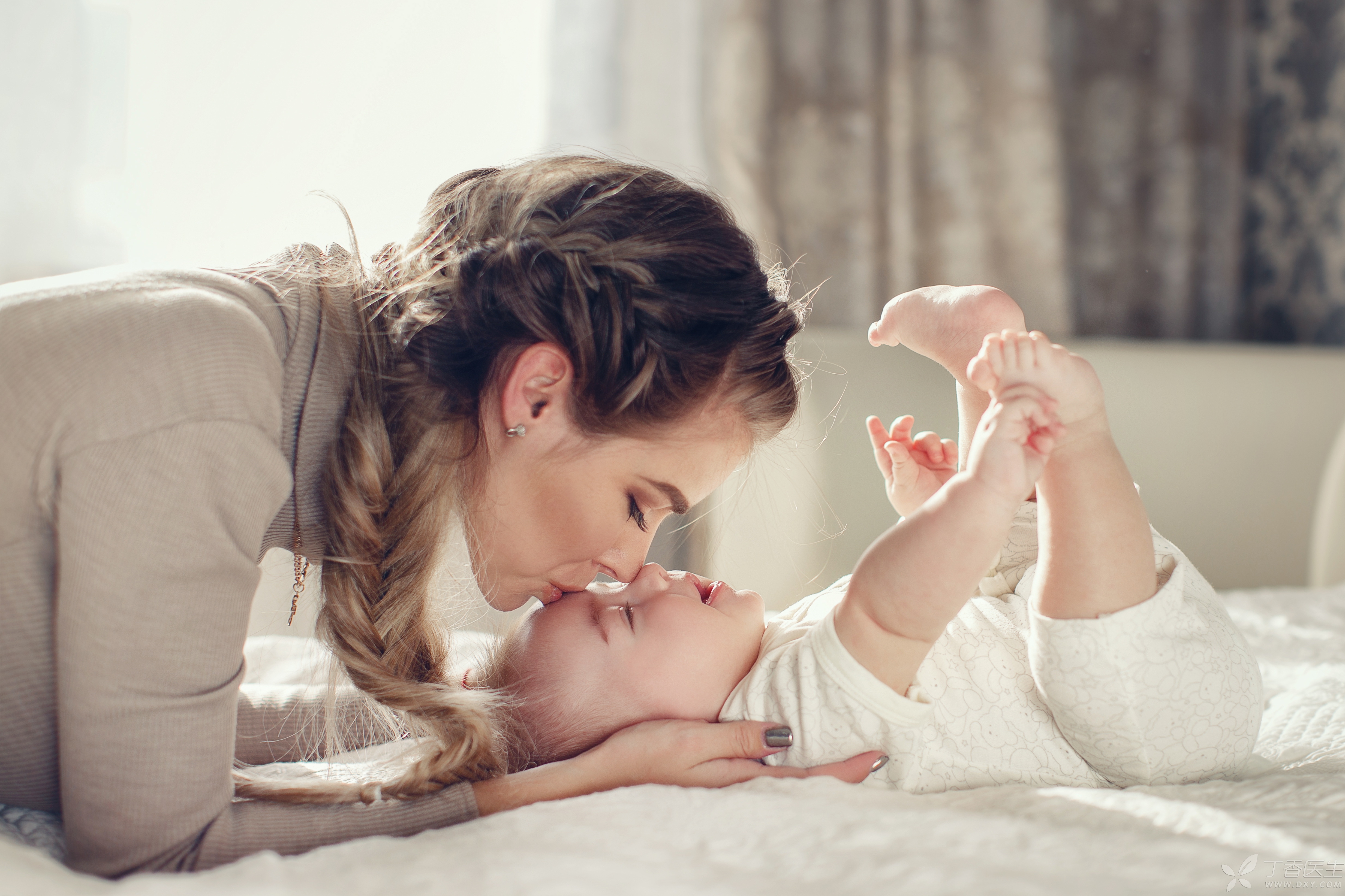 一: 沙水, 自然类、感知类玩具
一: 沙水, 自然类、感知类玩具
Mud, sand, water, snow, corn kernels, rice, oiled flour and so on are all [the best toys].
This kind of toy can be seen everywhere in kindergarten classes in the United States. It not only enables children to get the most sensory experience, but also has openness and no fixed play method. Children can exert their imagination and creativity indefinitely and never tire of playing.
- Different ages play 0 ~ 3 years old: Play with water. Add sponge, colander, spoon, mineral water bottle, plastic cup, funnel and other water toys. 3 ~ 5 years old: Natural materials such as sand, dry corn kernels and rice are introduced. Adults should pay attention to accompanying them and tell their children how to explore these materials safely. 5 ~ 6 years old: simple exploration is not fun enough. Parents should introduce materials with higher plasticity, such as mud and tin foil, to satisfy their children’s ideas of building cities, canals, boats, etc.
Second: Building Blocks and Building Toys
Building blocks is very beneficial to children’s spatial imagination, creativity and the development of anti-setback ability.
The American Association of Preschool Education requires that the class construction area should have at least three building blocks made of different materials, and should also be equipped with operable characters and animals for children to join in the building to play imagination games.
Among them, there are 3 kinds of toys that I recommend most and are also most popular with children, namely solid color building blocks, Lego toys and magnetic plates.
- Play for 6 ~ 12 months at different ages: simple perception, touching with hands and biting with mouth to sense building blocks; Put it in and take it out. Put the building blocks one by one into the napkin box, pour them out again and again, and play repeatedly. 12 ~ 18 months: dismantle and push. Parents take the children apart, or parents build high building blocks and the children push them down and play repeatedly. Try to build it. Gradually, the child and his parents build it together and push it down together. 1.5 ~ 3 years old: tile, the child can begin to tile the building blocks into a shape; The base is high and a row of tall buildings is built. Build a tower. After you are skilled in building a tower, you will start to build a tower, such as building a wall and a gun with Lego. Imagine putting the building blocks in the big truck and playing with the goods.
Three: jigsaw puzzles, problem-solving toys
Jigsaw puzzles are very helpful to develop children’s problem-solving ability, concentration and thinking ability. However, due to the variety, children’s interests, small animals or cars should be taken into account when choosing. The design should be as good as it is.
- Too difficult or too simple, children are easy to lose interest. The difficulty can be adjusted from these aspects. Number of blocks: from less to more; Material: Suitable for wooden jigsaw puzzles under 5 years old; Types: from pairing type (0 ~ 2 years old) to splicing type (2 ~ 6 years old); Auxiliary information: from the beginning of the corresponding pattern on the bottom plate (0 ~ 3 years old), the bottom plate is blank (3 ~ 6 years old).
